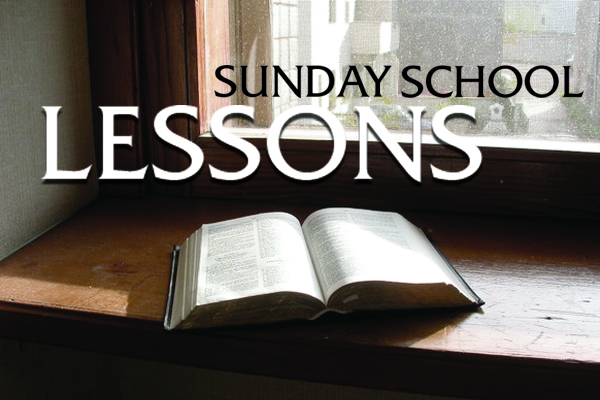By Jim Barnette, Ph.D.
Samford University and Brookwood Baptist Church, Mountain Brook
Jesus Saves
Luke 2:4–20
Jesus was born in the plan and timing of God. (4–7)
Luke does not indicate how long in advance of Jesus’ birth Joseph left for Bethlehem or why he took Mary with him. Some believe Joseph used the emperor’s census as a means of removing Mary from possible gossip and scorn in her own village but the passage neither affirms nor denies it. Luke simply states the birth took place “while they were there.” Since she had stayed three months with Elizabeth, Mary was at least three months pregnant.
There is “no place” for the newborn Messiah. From the beginning, He is a displaced person for whom the world will not make a place. The world has made a choice not to accommodate the Savior and Lord. The Jesus born in a stable will find “no vacancy” signs throughout His ministry and finally He will be buried in a borrowed tomb. The “inn” may have been a cave, as tradition suggests, or some part of a house. Even today in many places around the world farm animals and their food are often kept in the same building as the family quarters.
Jesus was born ultimately for our salvation. (8–14)
The story of the shepherds and the angels magnifies God’s love for the poor and despised. In contrast to their positive image in the Old Testament, shepherds in first century Palestine were regarded as low-class, irresponsible thieves who grazed their sheep on other people’s land. Many of them were ex-convicts, and they were considered ceremonially (and spiritually) unclean. “Never trust a shepherd” was a common maxim of the day. And yet it was to these social outcasts that the good news of Christ’s birth was first announced.
The traditional date for the nativity was set long after the actual event to coincide with a pagan festival honoring the “Unconquerable Sun.” Setting Dec. 25 to observe the nativity served as a foil to this pagan event, announcing that the “Unconquerable Sun” had been conquered by the true Son of God. This is why Dec. 25 was widely celebrated as the date of Jesus’ birth by the end of the fourth century. Flocks were kept “out in the field by night” from April to November, which is further suggestion that Jesus’ birth might have been at a different time. No doubt the time of the birth is less important than the reality of the birth.
Jesus’ birth must be proclaimed. (15–20)
Luke is often referred to as “the Gospel of Joy.” Just as the 72 disciples “returned with joy” after their preaching mission (Luke 10:17), so the shepherds “returned glorifying and praising God.” Likewise, Luke tells us that after the risen Christ ascended to heaven, His followers “returned to Jerusalem with great joy” (Luke 24:52). Truly the Christmas story is the doxology of the birth of the new King. This child would be given the throne of His earthly ancestor, David. The world was moving according to the orders of Caesar Augustus, whom so many hailed as the bringer of peace. However, the real surpassing peace would be realized only through the sovereign Lord born in the city of David. The birth of this new King signals hope for all people — rich and poor, rabbi and shepherd. There is hope for all of us who face oppression by the dark forces of this world. God has not forgotten us or abandoned us to the brokenness we have created. With the advent of the incarnation, we have reason to return to the world with great joy.




Share with others: